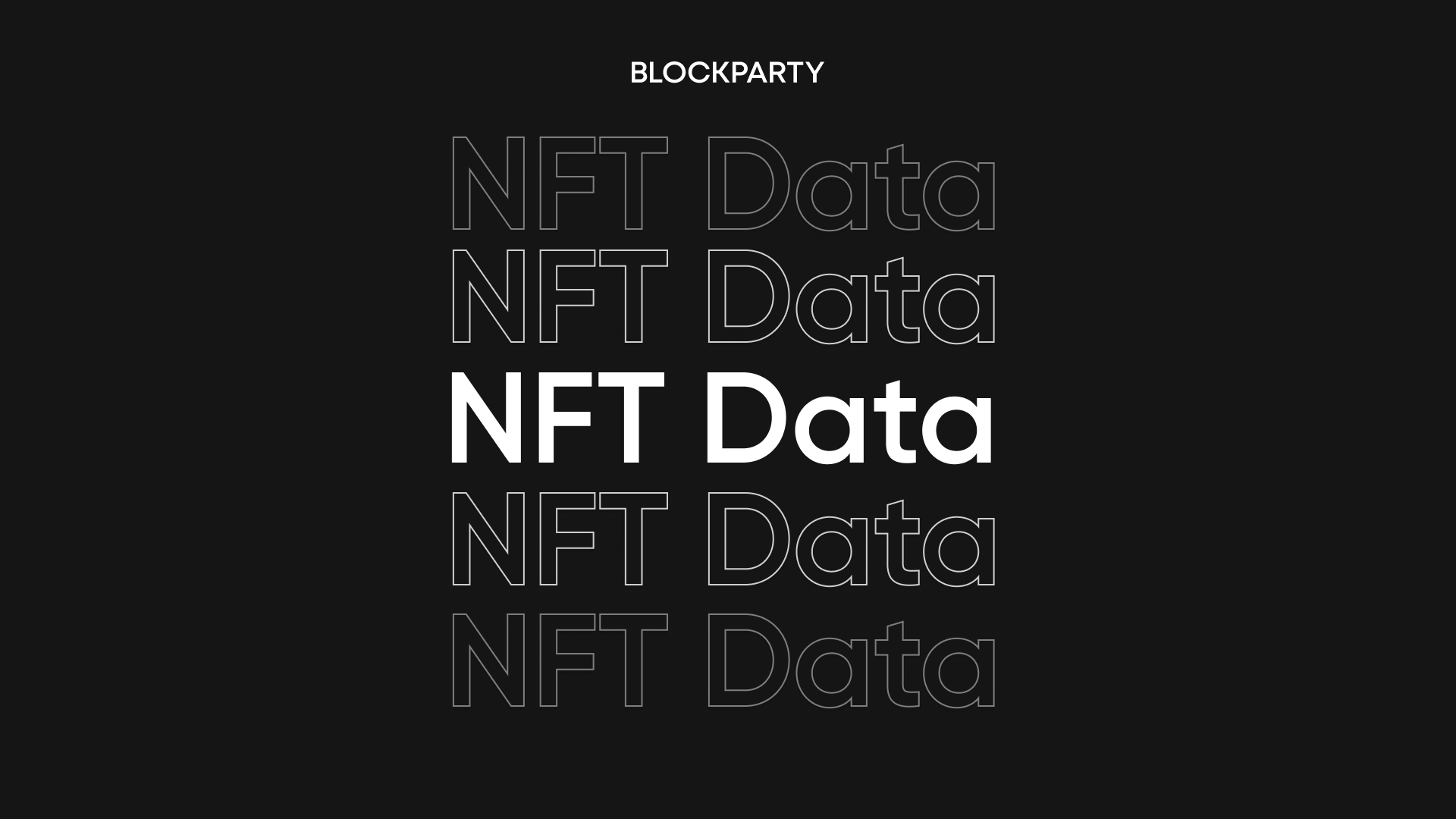Blockchain technology is still relatively nascent, though the foundational conceptions of cryptography, decentralization, and peer-to-peer networking have been circulating for decades.
It wasn’t until 2008—when a white paper authored by Satoshi Nakamoto titled Bitcoin: A Peer-to-Peer Electronic Cash System was posted to a cryptography mailing list—that all those components could confidently be seen as coming together to create a functional product.
In 2015, we saw the emergence of Ethereum, serving as the first-ever platform for powering decentralized applications. Over the years that followed, open-source communities contributed to enhancing the network, resulting in major protocol upgrades as developers started to create smart contracts and experiment with building on the blockchain.
In 2017, digital currencies started to gain global traction as the decentralized finance boom brought crypto under the mainstream spotlight. In the years that followed, we saw more applications of the technology that would make blockchain accessible to the masses: including wallets, exchanges, decentralized marketplaces.
In 2020, non fungible tokens came under the spotlight—popularizing the concept of verifiable digital asset ownership for the first time. In the years that followed, creators became more empowered to earn from their content without having to rely on extractive middlemen or the altruism of fans.
Finding innovative use cases for new technologies isn’t always a straightforward process — and mainstream adoption doesn’t happen overnight. It takes years of iteration for builders to create the infrastructure to support new types of applications.
AI, for example, had its watershed moment in 2022—quickly reaching mainstream adoption with applications like ChatGPT and Midjourney. But the quest for artificial intelligence began over 70+ years ago and the sophisticated algorithms we know today have come a long way since the first rudimentary programmes were developed in the 1950s.
The current stage of the blockchain development is analogous to the internet revolution in the 1990s. First, we invented TCP/IP, HTML, and FTP, which led to the development of Netscape (1994), and later Facebook (2004), and Airb&b (2008). Today, 95% of U.S. adults say they use the internet—a stark contrast to the measly 14% of U.S. adults with internet access in the late nineties.
In crypto, we’re still inventing the building blocks that will allow us to scale blockchain-enabled consumer applications across gaming, social media, commerce, and the creator sector. And while the surface has barely been scratched, we’ve experienced some major breakthroughs over the course of the past year.
These breakthroughs are laying the foundations for a next wave of innovation as the blockchain becomes viable infrastructure to power mass-consumer applications.
The Scalability Issue
Ethereum runs on blockchain networks that prioritize decentralization and security, but this poses challenges to scalability. The Ethereum network was not originally designed to process the sheer volume of transactions that today’s dApps demand. This congestion results in slower transaction times and exorbitant gas fees, posing a significant barrier to entry for new users and developers.
In the past year, however, there have been two major infrastructure breakthroughs that are helping Ethereum solve the scalability problem:
- Layer-2s: Layer-2 solutions emerged to lower gas fees by handling a larger number of transactions off-chain, with solutions like side chains, roll ups, and validiums provide a more cost effective and scalable alternative to layer-1s.
- EIP-4844: The recent Cancun upgrade aims to address the network's high gas fees through Proto-Danksharding, a method of decreasing transaction costs and increasing transaction throughput to significantly improve the network's scalability.
With these most recent upgrades, Ethereum is rapidly becoming effective infrastructure to power the next wave of mass-consumer applications.
Accessibility & Design
Mass adoption requires a fundamental understanding of Web3 concepts, blockchain technology, and decentralized systems. It also requires intuitive user interfaces that help mitigate the steep learning curve that comes with navigating decentralized applications for the average user.
Intuitive designs and streamlined user interfaces are essential to enhancing accessibility and attracting a broader audience. Education and awareness campaigns will further contribute by bridging the knowledge gap necessary to demystify Web3 concepts and overcome resistance and skepticism.
Seamless Tools
The final piece of the puzzle to accelerating mass adoption is empowering projects, developers, and brands to build innovative web3 applications. But to build innovative new apps, we need seamless tools.
A crucial component to any NFT dApp is the ability to pull on-chain data in real-time from any network. Whether building an NFT marketplace, a trading platform, or the next Web3 experience yet to be imagined – enabling apps to access live and historic, accurate, blockchain data with just a few lines of code is essential for builders looking to kickstart their projects without having to spend months building and maintaining their own solution.
For the past 18 months, we’ve been developing real-time infrastructure to power the future generation of NFT dApps, including a real-time NFT indexer and a powerful trading SDK. From independent creators to fledging startups and established brands, we’re currently on the lookout for clients with big ideas to build with. If this sounds like a good fit for your project, get in touch today!

.jpg)
.png)
